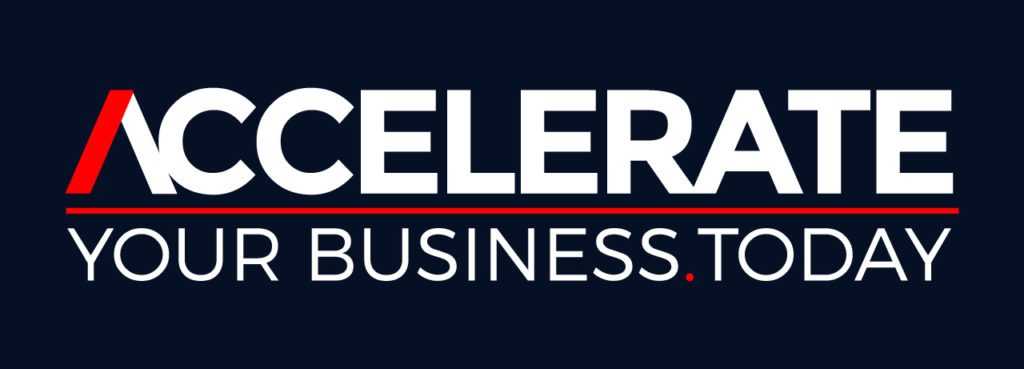In today’s complex market, increasing demand generation is rarely a single move – instead, it is a series of step-changes that drives accelerating Growth.
Go to Market frameworks are rules that govern a process or decisions that ensure the output is consistent, repeatable of a high standard, that reaches the business’s goals – sooner.
T2D3 Growth Framework,
Software as a service (or SaaS) is a web-based, on-demand software business model—the T2D3 framework helps scale SAAS businesses rapidly.
The growth principles of advanced demand generation – can apply to all businesses.
What is it?
- When executed in the correct order in parallel, five growth levers increase the odds of significant Growth.
- The T2D3 acronym – triple-triple-double-double-double describes five years with a 35% compound annual growth rate yearly – it is a trajectory of two years of tripling your annualised revenue growth and three more years of doubling ARR year over year.
- The goal is to reach $100 million ARR (Annual recurring revenue) within five years and earn a $1 billion unicorn business value.
Faster business growth is all about change – in a SaaS business (and most others), it is a giant flywheel of Growth that can be unstoppable once it gets traction.
The flywheel takes much energy, cost and effort to get going. The economics is best when your customers stay longer – paying more over time with no new customer acquisition costs.
How it works
- Year 1 is about tripling to $6 million ARR,
- Year 2, triple revenue to $18 million ARR,
- And so on, year after year,
Growth relies on these critical levers on steroids – Marketing, Sales, Product fit, and an intimate understanding of your ideal customer profile (ICP).
These efforts will impact MQL volume (Marketing Qualified Lead is a sales lead who has indicated an interest based on marketing efforts).
Advanced Demand Generation: the economics focus is MQLs, their Conversions into paying customers and ensuring the CAC (cost of acquiring customers) is much lower than MQLs.
Each year brings a different focus – year two is about minimising customer churn – the quantity of those not renewing.
- In year 3, the growth rate generally starts to slow down. The focus changes to increasing the average contract value per new customer win or ACV. It usually involves a range of upsells and cross-sells. And it is focussing on high dollar value enterprise-level selling.
- In Year 4 – the aim is to Double from $36M to $72M ARR. The focus shifts to reducing funnel friction, optimising conversion rates, and driving down customer acquisition costs. Along the way, your team will have lifted to A-level talent. It is top performance marketers – sales and crunching new revenue.
- In Year 5 – the aim is to Double from $72M to $144M ARR. The focus moves to move potential customers – should the business go global? Move the up-or-down market, or enter adjacent industries?
Profitable Growth
The focus is revenue and profitability to get a $1 billion unicorn valuation. Though plenty of businesses gained unicorn status with no profitability – Amazon is a great example. Investors refer to the Rule of 40 – by combining your compound annual growth rate and your profitability, you should get to around 40 percent.
If revenue growth slows to 30 percent, then 10 percent profit makes up the magic – 40 per cent investor rule.
Few achieve the steep climb to the top.
The principles of Advanced Demand Generation can be applied to all businesses – accelerating their Growth further than otherwise.
- Drive demand from multiple sources such as organic, paid, social, sponsorships, account-based marketing, and new partnerships.
- A laser focus on keeping your CAC (customer acquisition costs) under control is financially critical.
- Improve conversion rates at all stages of the buyer’s journey – converting leads into revenue is critical – landing page conversions, advertising-click conversions, open email rates, a/b testing, analytics, and experiments are essential.
- Increase Customer Retention – can you automate customer success functions and onboarding?
- Build customer trust, credibility and authority – the opportunity gap to exceed your competitors by being more trusted has a significant lift in performance and a corresponding drop in customer acquisition costs.
- Simultaneously execute more marketing, demand generation, influencer management, PR, sales support, channel management, and other marketing initiatives – to break through the distribution wall. Being seen and heard more is critical to selling more.
- Marketing Led Growth includes pay-per-click advertising and content marketing to educate customers with sophisticated, automated nurturing.
- Account-based marketing – targeting a few high-value businesses to win over – can have a positive impact.
- Social Selling – Social Influencing and Selling (#socialselling) – this is where your ideal potential buyers walk towards your business rather than your business chasing them.
Startup Test – do you have
- Ten unique visitors. Organic, direct, or referred?
- Ten non-branded SEO keywords with 10+ monthly searches ranked in the top 10?
- Ten subscribers (not family or friends) gave you their email addresses.
- Ten people asked for a demonstration or a conversation about their needs.
- Ten users have voted with their time and used your product or services at least once.
- Ten repeat users came back to use your service at least one more time.
- Ten customers (or users) are now paying for your service.
- Ten testimonials from paying customers who will say so publicly.
- Ten people who have shared your service with someone else (unprompted).
- Ten new paying customers from referrals made by one of your existing customers.
If so, your business has achieved Product-Market Fit.
Now it’s just about applying the demand accelerators above – and you, too, could be a very big business very soon.
Regards
David
